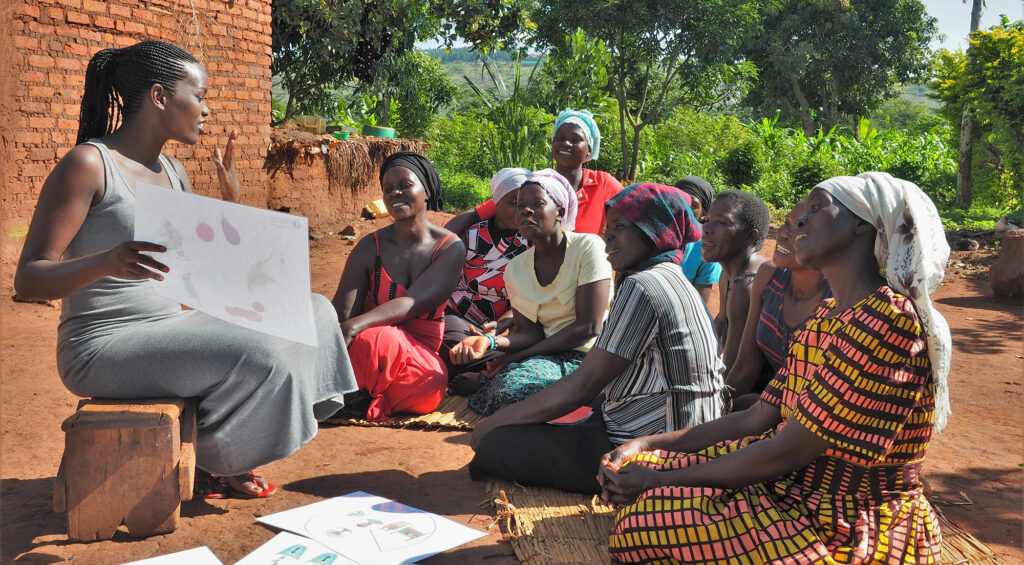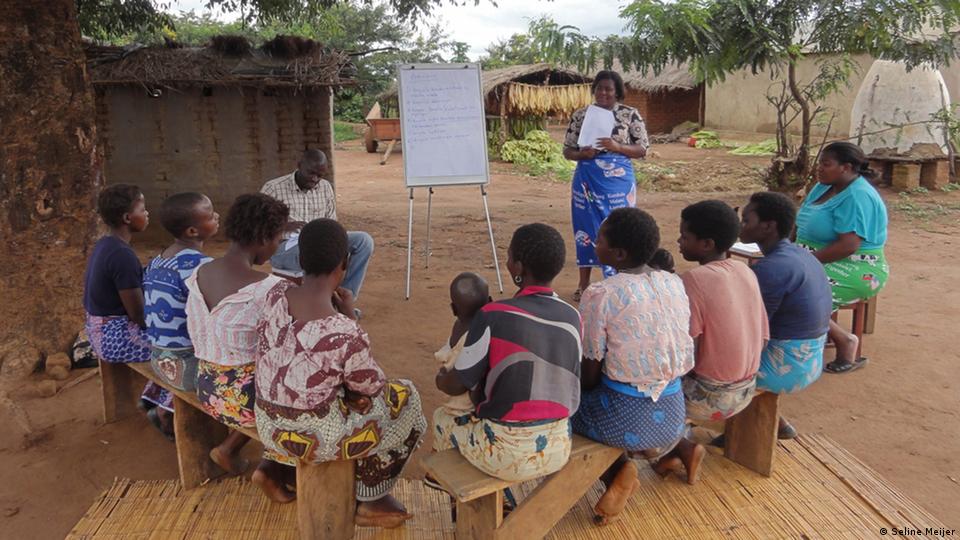Training people in remote areas can be challenging, but it is essential to ensure that everyone has access to learning opportunities regardless of their location.
In this article, we will address some frequently asked questions about training and development in remote areas. We will provide clear and concise answers, share personal experiences, and offer additional resources to help you learn more.

Q: What are some effective training methods for remote areas?
A: Some effective training methods for remote areas include online learning platforms, mobile learning, and using local trainers. It’s also essential to incorporate practical exercises and case studies to ensure that the training is relevant to the learners’ context. In my experience, using local trainers who are familiar with the learners’ culture and language is a great way to ensure the training is effective.
Q: How do you ensure that the training is accessible to everyone in remote areas?
A: Ensuring that the training is accessible to everyone in remote areas requires careful planning and consideration. One approach is to use a blended learning approach that combines online and offline methods. This can involve providing learners with pre-recorded online videos or modules, distributed on mobile devices, supplemented with in-person training sessions. It’s also important to ensure that the training materials are available in the local language and that the learning environment is accessible to people with disabilities.
Q: How do you measure the effectiveness of training in remote areas?
A: Measuring the effectiveness of training in remote areas can be challenging, but it is essential to ensure that the training is meeting its objectives. One approach is to use pre- and post-training assessments to measure knowledge gained, skills learned, and attitudes changed. It’s also important to collect feedback from learners, trainers, and other stakeholders to ensure that the training is meeting their needs.
Q: What are the key challenges of training people in remote areas?
A: Training people in remote areas can be challenging due to limited access to resources and technology, language barriers, and cultural differences. Additionally, logistical issues such as transportation and accommodation can also pose a challenge.
Q: How can training programs be adapted for remote areas?
A: Training programs for remote areas should be tailored to the specific needs of the target audience. This includes using local languages, incorporating culturally relevant examples, and utilizing technology such as online platforms and mobile devices to deliver content.
Q: How can trainers ensure engagement and participation in remote training programs?
A: Engagement and participation can be ensured by incorporating interactive elements such as group discussions, practical activities, and virtual simulations. In addition, providing incentives such as certificates or other forms of recognition can motivate participants.
Q: What are some cost-effective training options for remote areas?
A: Cost-effective training options include using open-source learning materials, utilizing online platforms and mobile devices, and incorporating peer-to-peer learning and mentoring.
Q: How can trainers ensure sustainability and long-term impact in remote training programs?
A: Trainers can ensure sustainability and long-term impact by incorporating on-the-job coaching and follow-up sessions, utilizing local resources and expertise, and creating partnerships with local organizations and government agencies.
Q: What are some effective evaluation methods for remote training programs?
A: Effective evaluation methods include pre- and post-training assessments, on-the-job performance evaluations, and feedback surveys from participants and their supervisors.
Q: How can trainers overcome cultural barriers in remote training programs?
A: Trainers can overcome cultural barriers by conducting cultural sensitivity training for themselves and their participants, incorporating culturally relevant examples and materials, and partnering with local organizations and leaders to ensure cultural appropriateness.
As a team working with NGOs in remote areas from South Sudan, Ethiopia, Cameroon, Rwanda, Sierra Leon, Tanzania, Uganda, South Africa, and Kenya, we have found that incorporating local trainers and ensuring that the training materials are available in the local language is critical to the training’s success.

We have also found that using a blended learning approach, combining online and offline methods, is effective in ensuring that the training is accessible to everyone in remote areas. Additionally, collecting feedback from learners, trainers, and other stakeholders has helped us improve the training and meet the learners’ needs.
If you’re interested in learning more about training and development in remote areas, here are some additional resources to explore:
The eLearning Guild: Remote Learning Resources
The International Association for Distance Learning
The Association for Talent Development: Remote Learning Resources
Training and development in remote areas can be challenging, but it is essential to ensure that everyone has access to learning opportunities.

By using effective training methods, ensuring accessibility, and measuring effectiveness, we can create impactful learning experiences. Remember to always incorporate local trainers and resources and collect feedback to ensure that the training meets learners’ needs.


